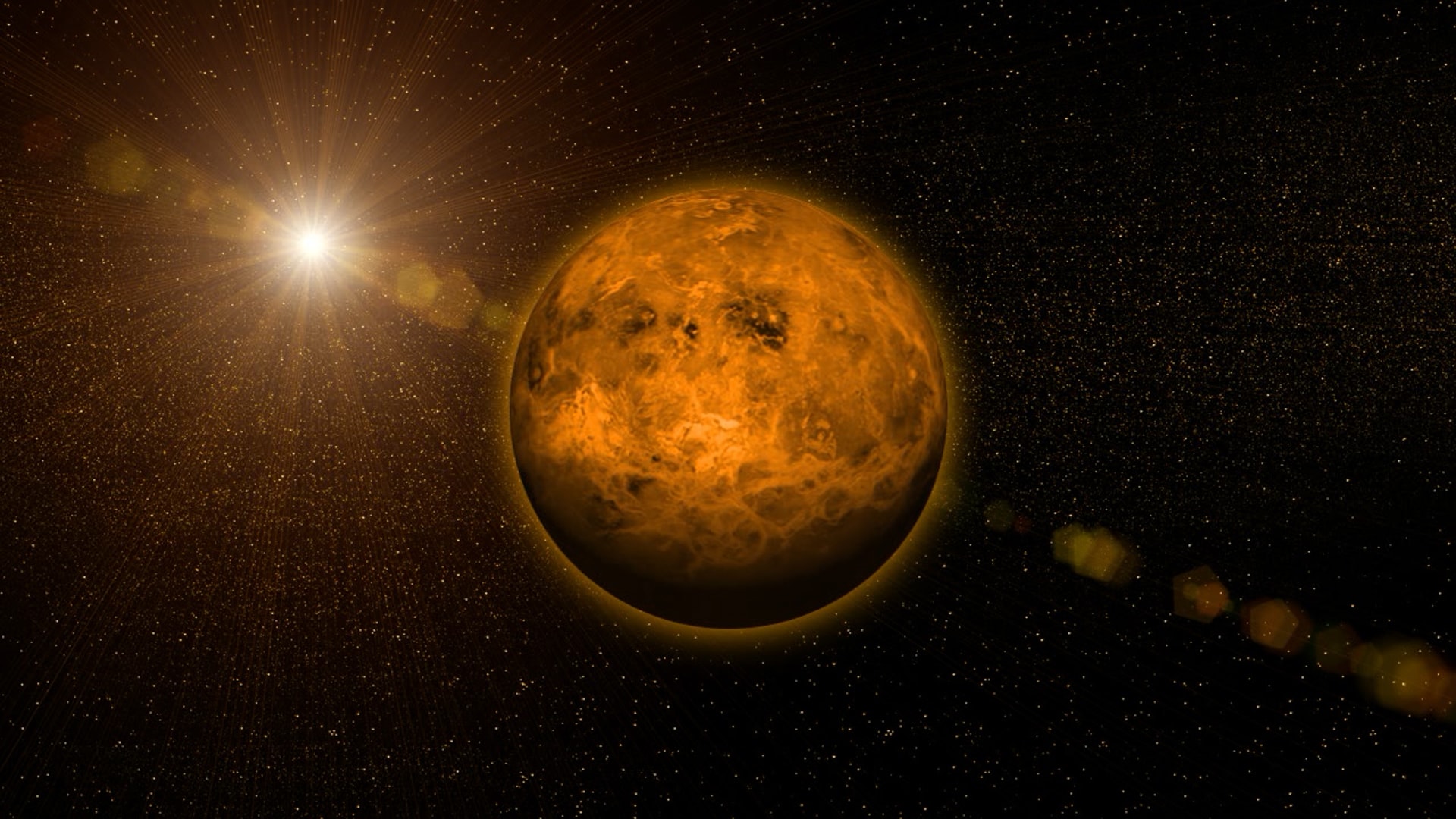
Venus

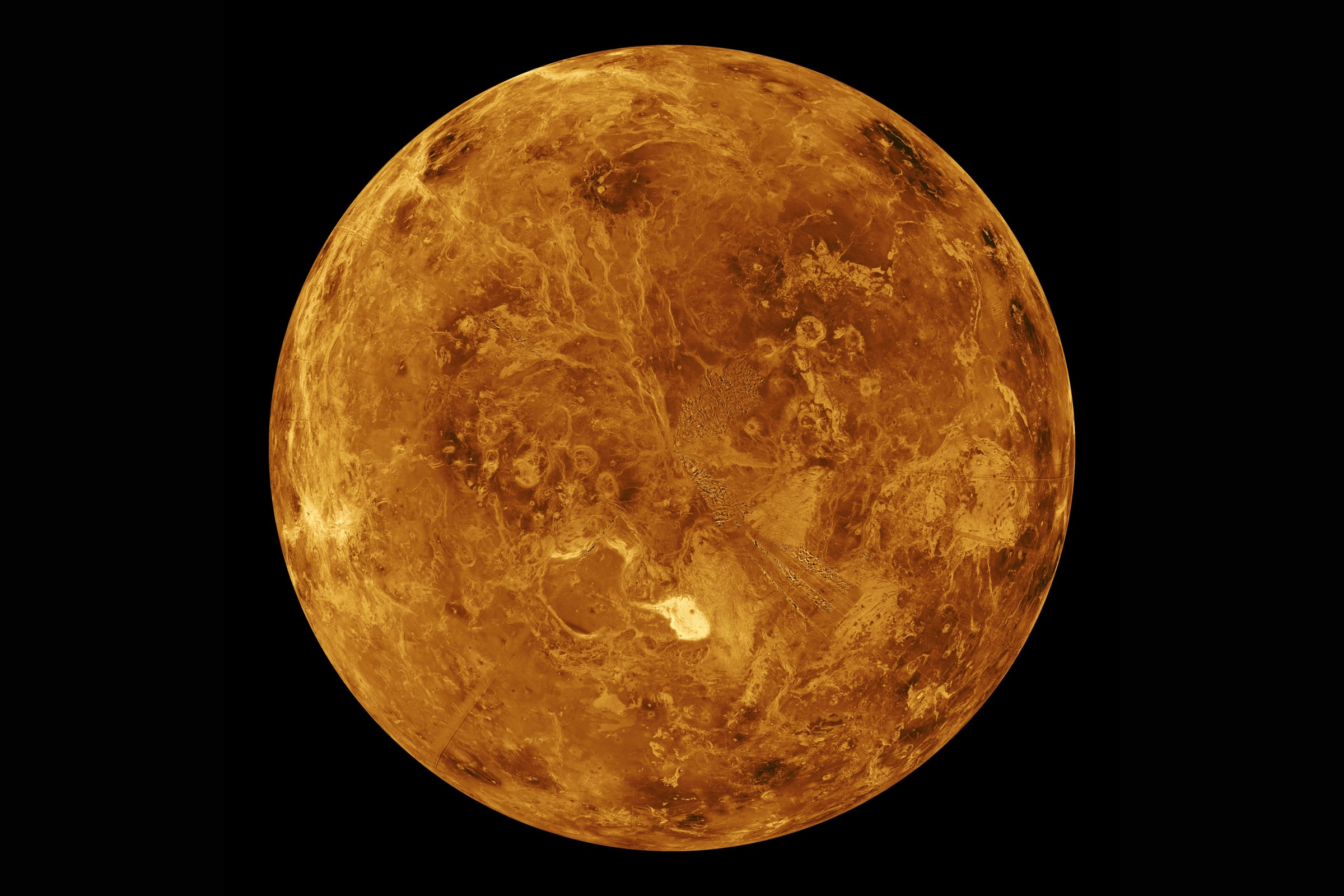
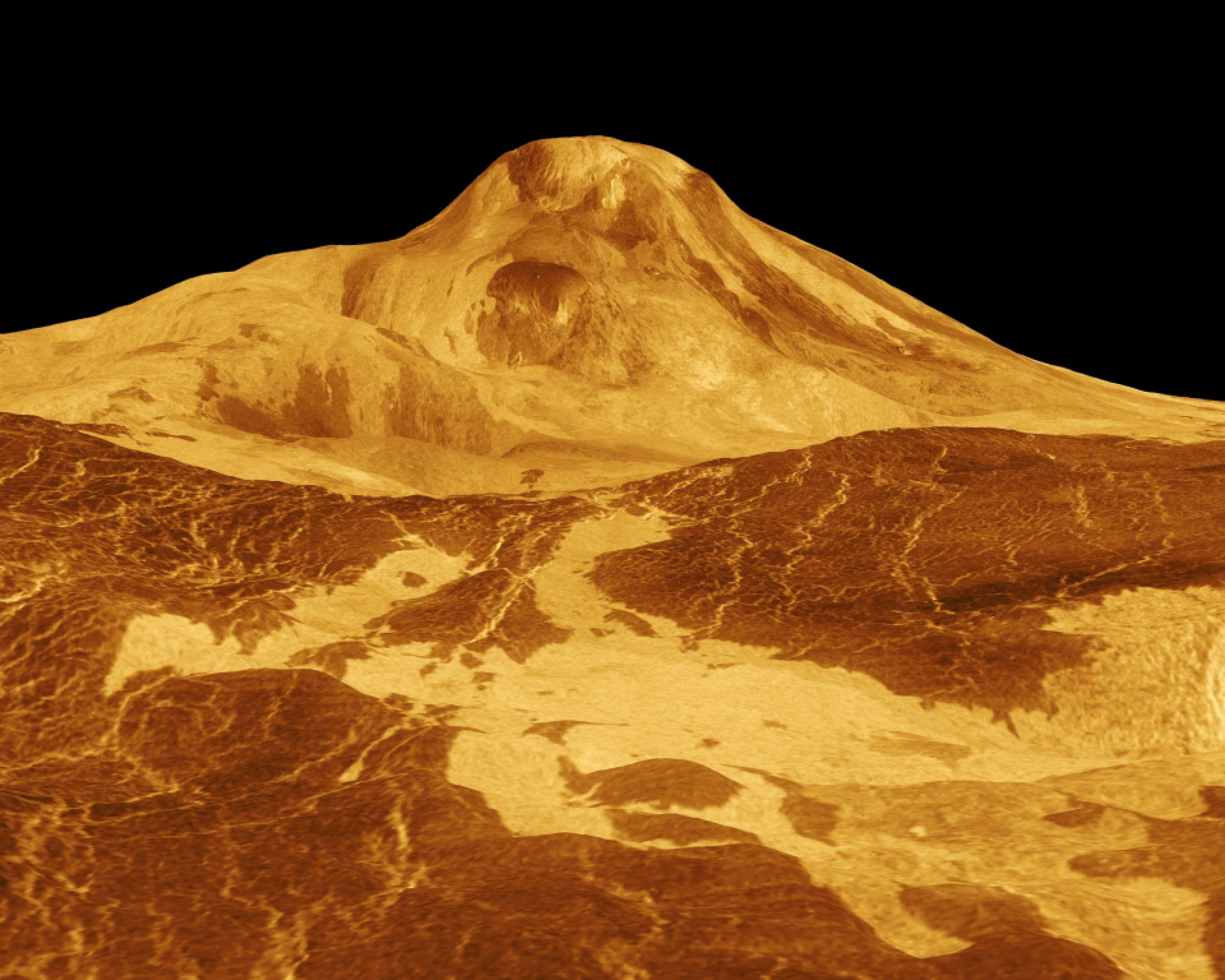
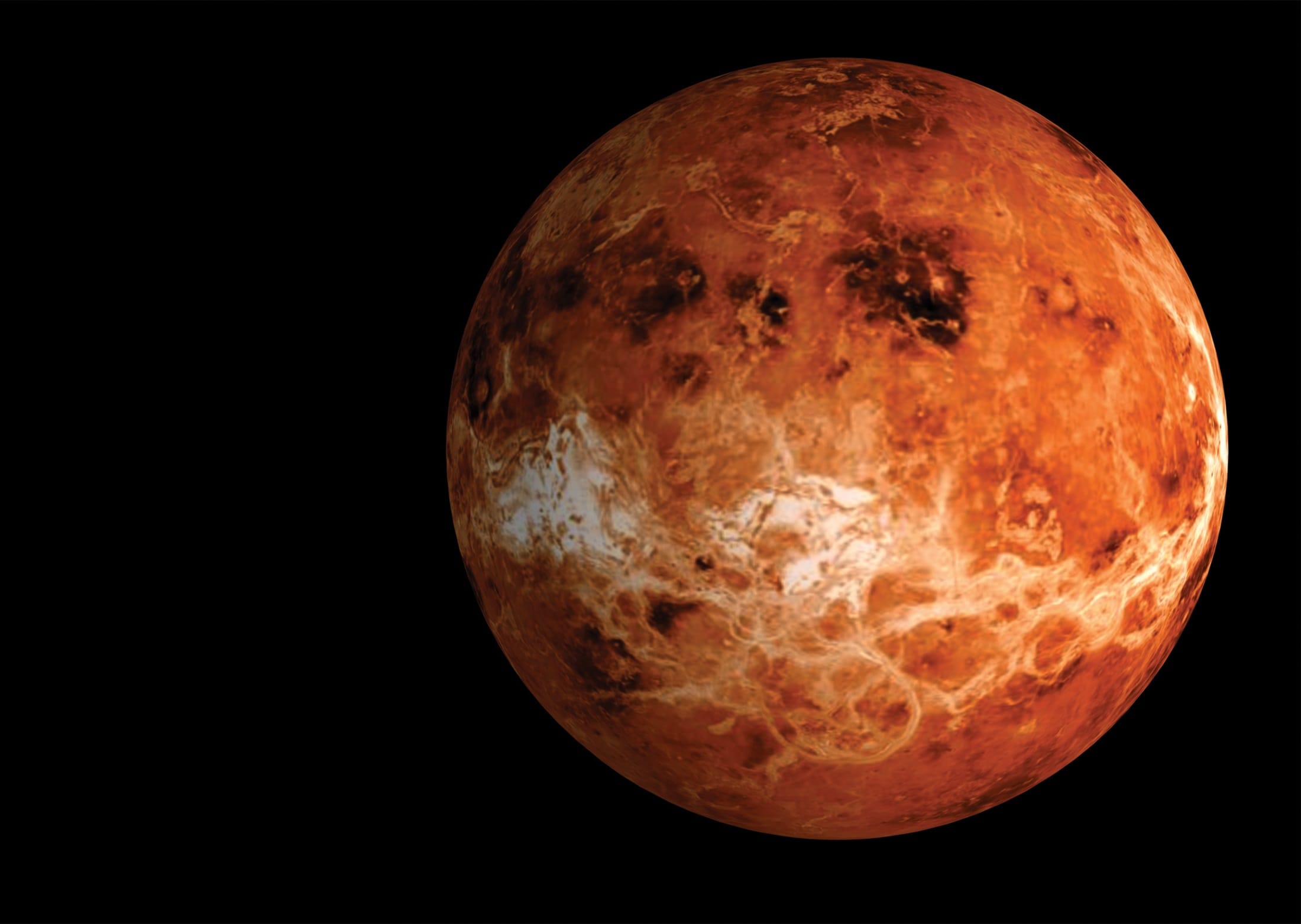
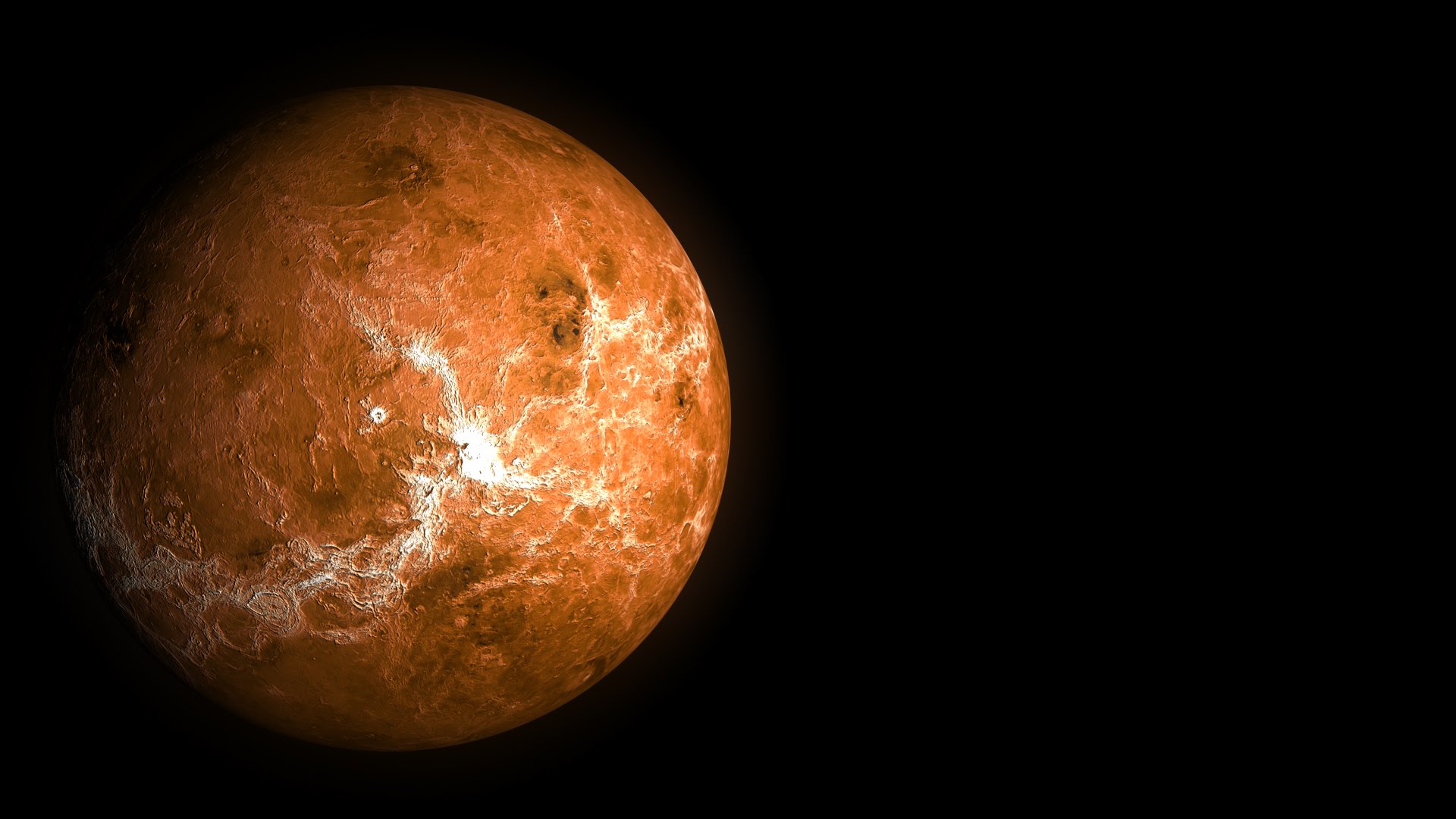
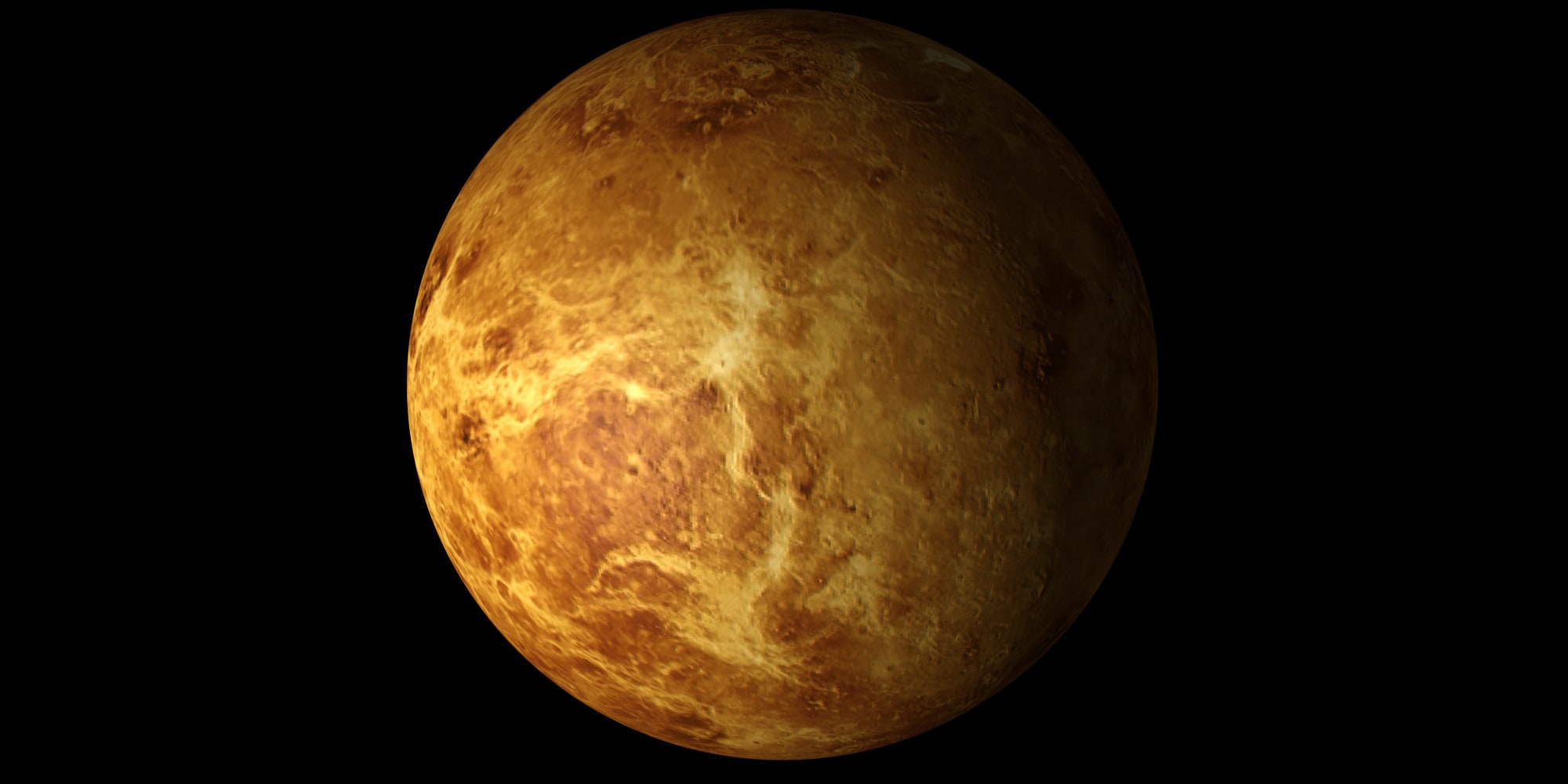
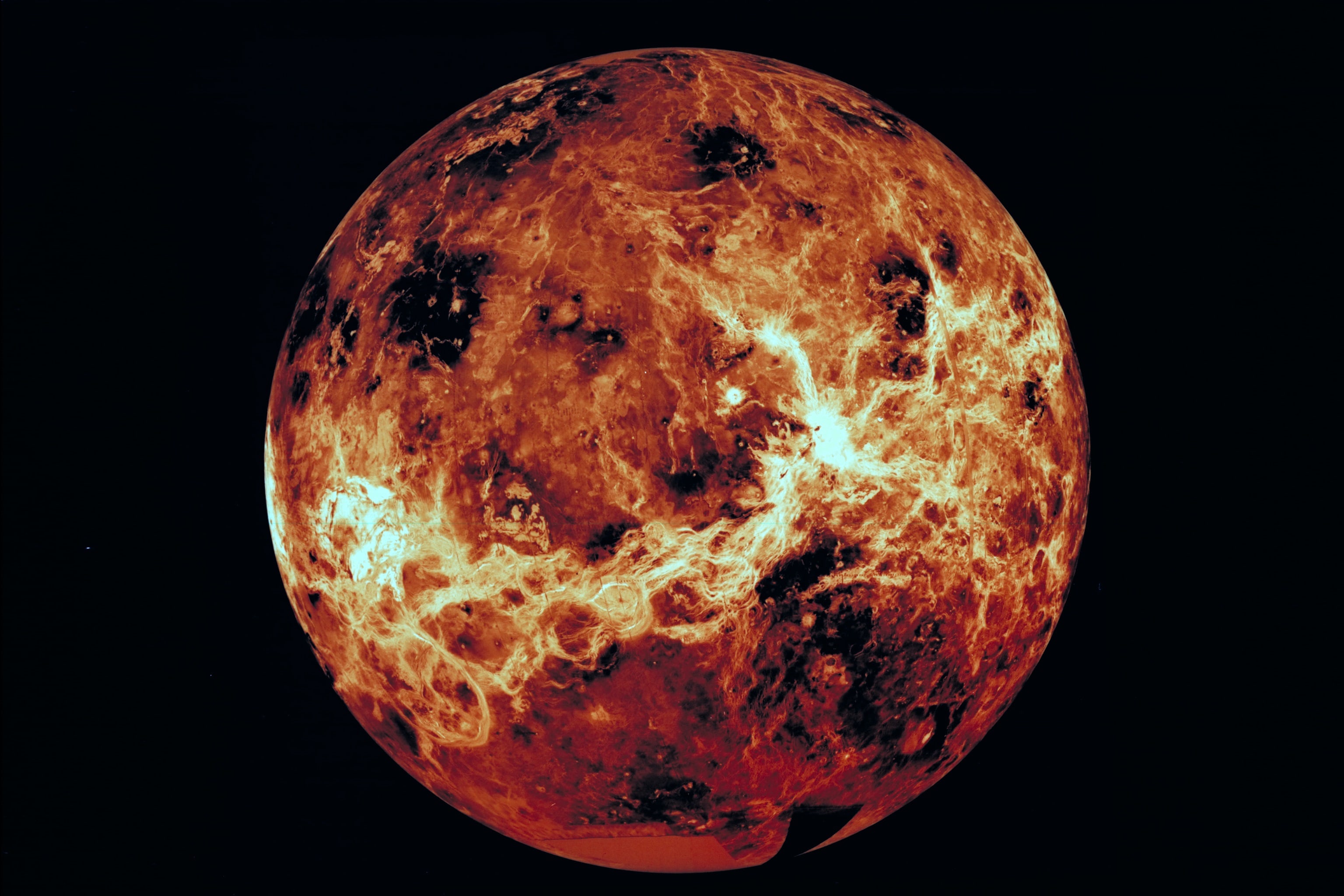

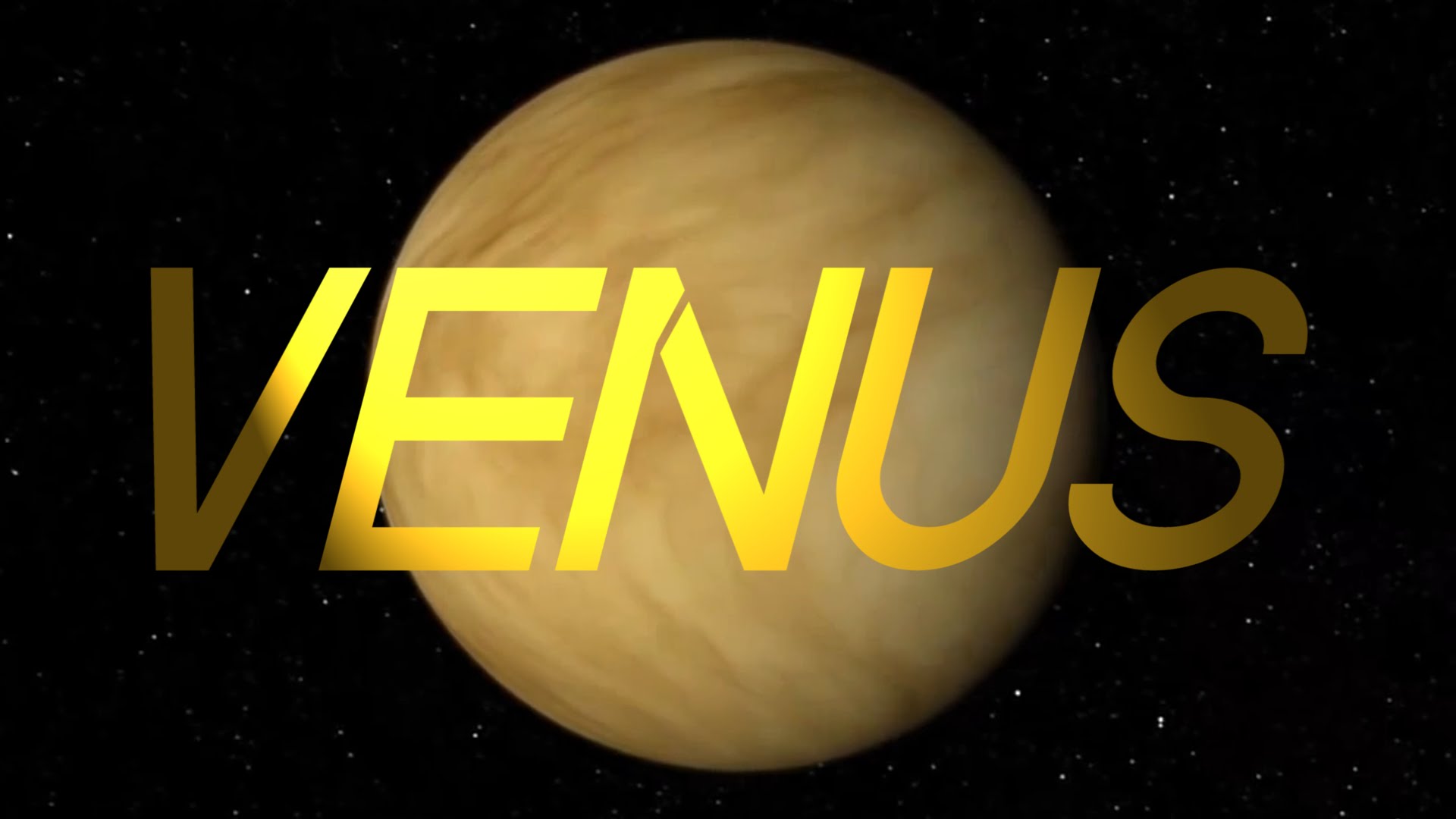
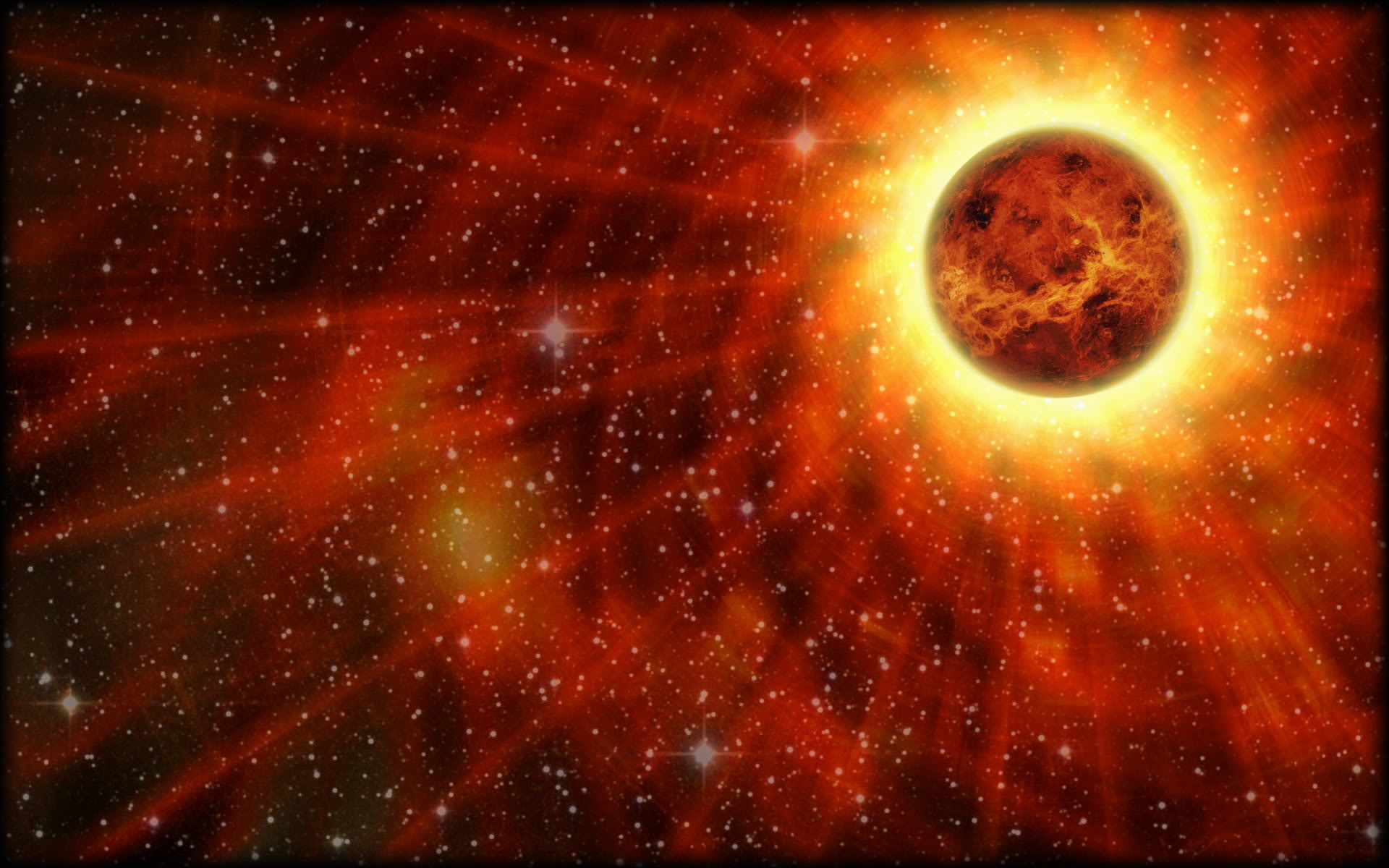
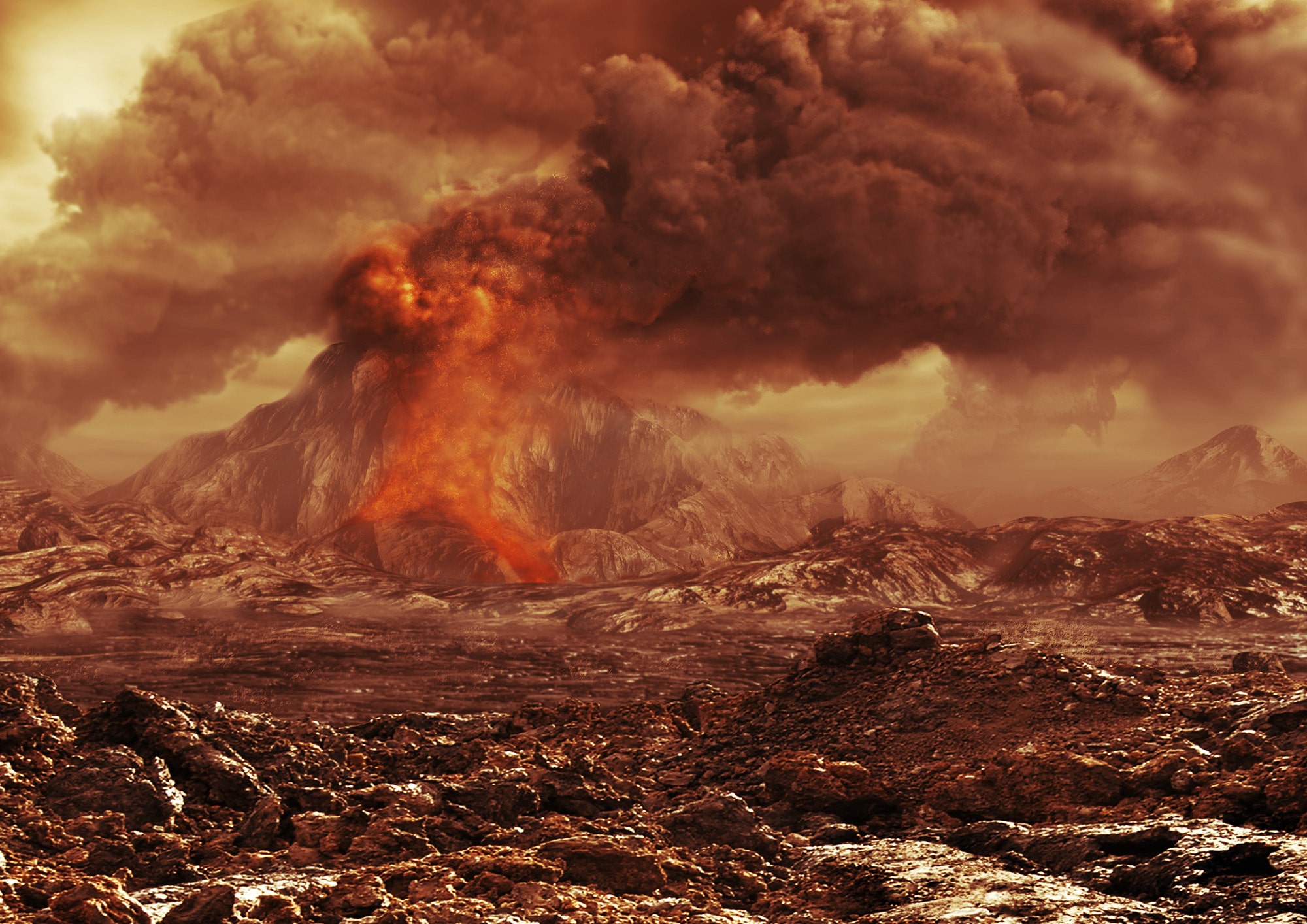
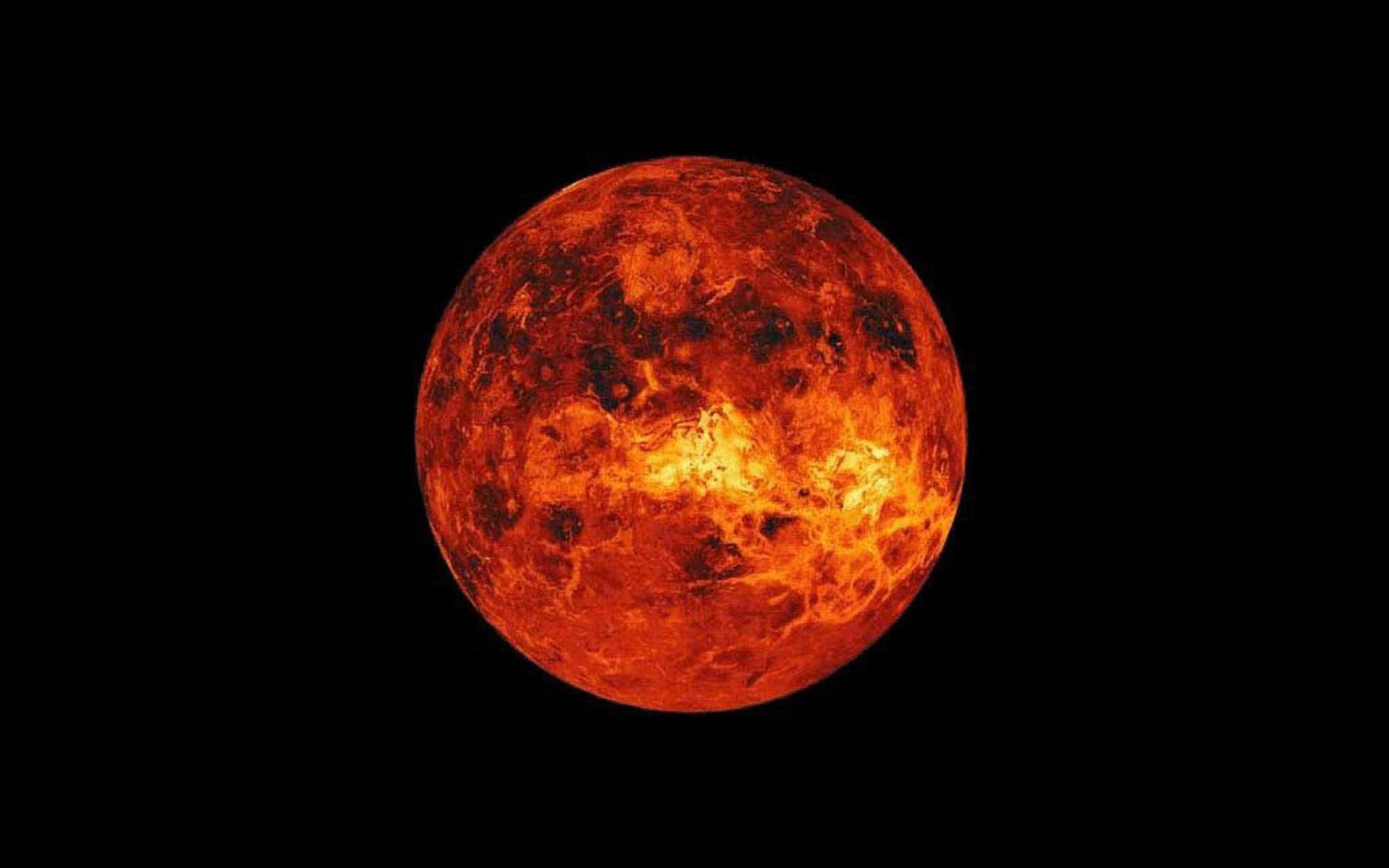
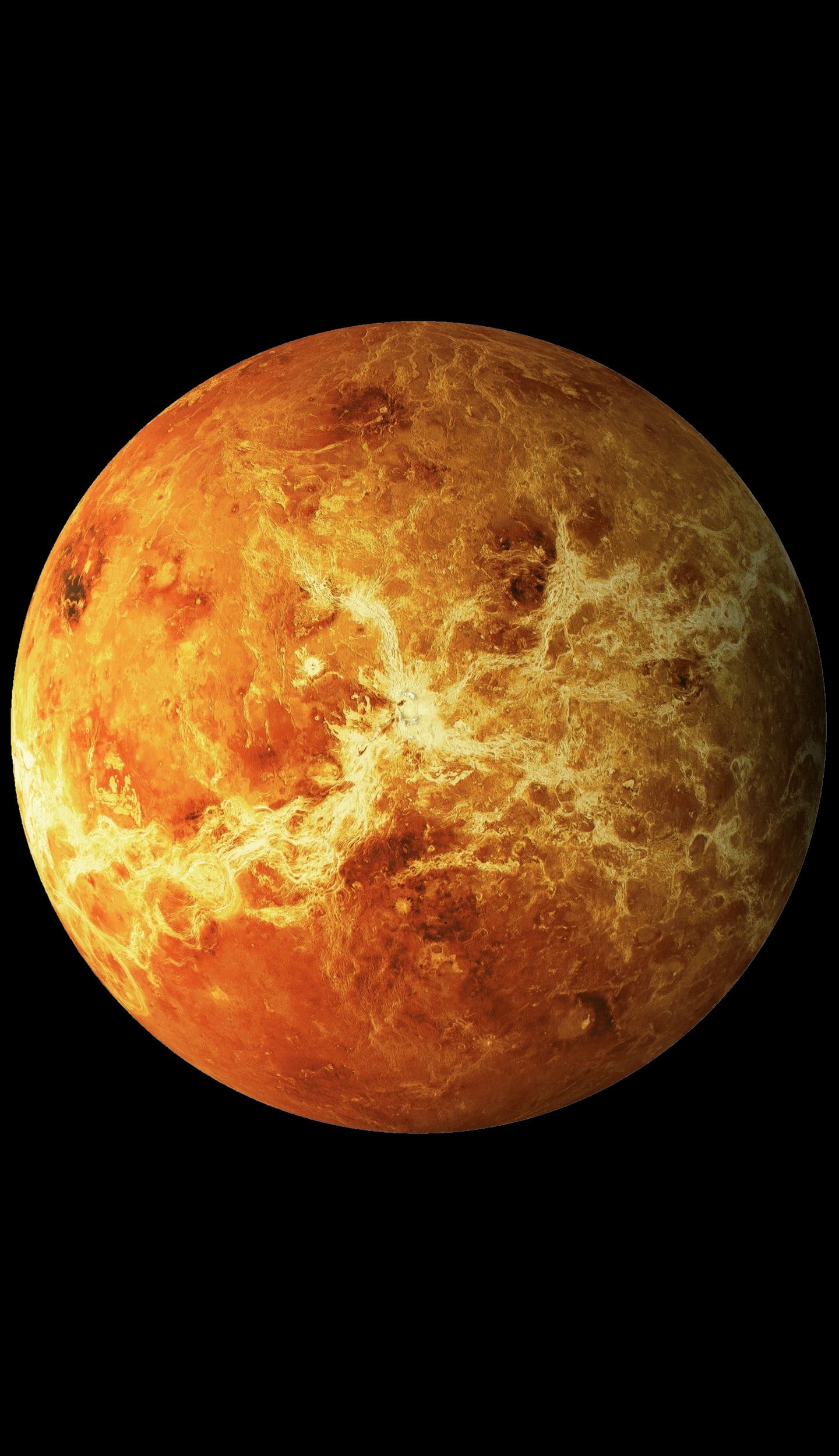

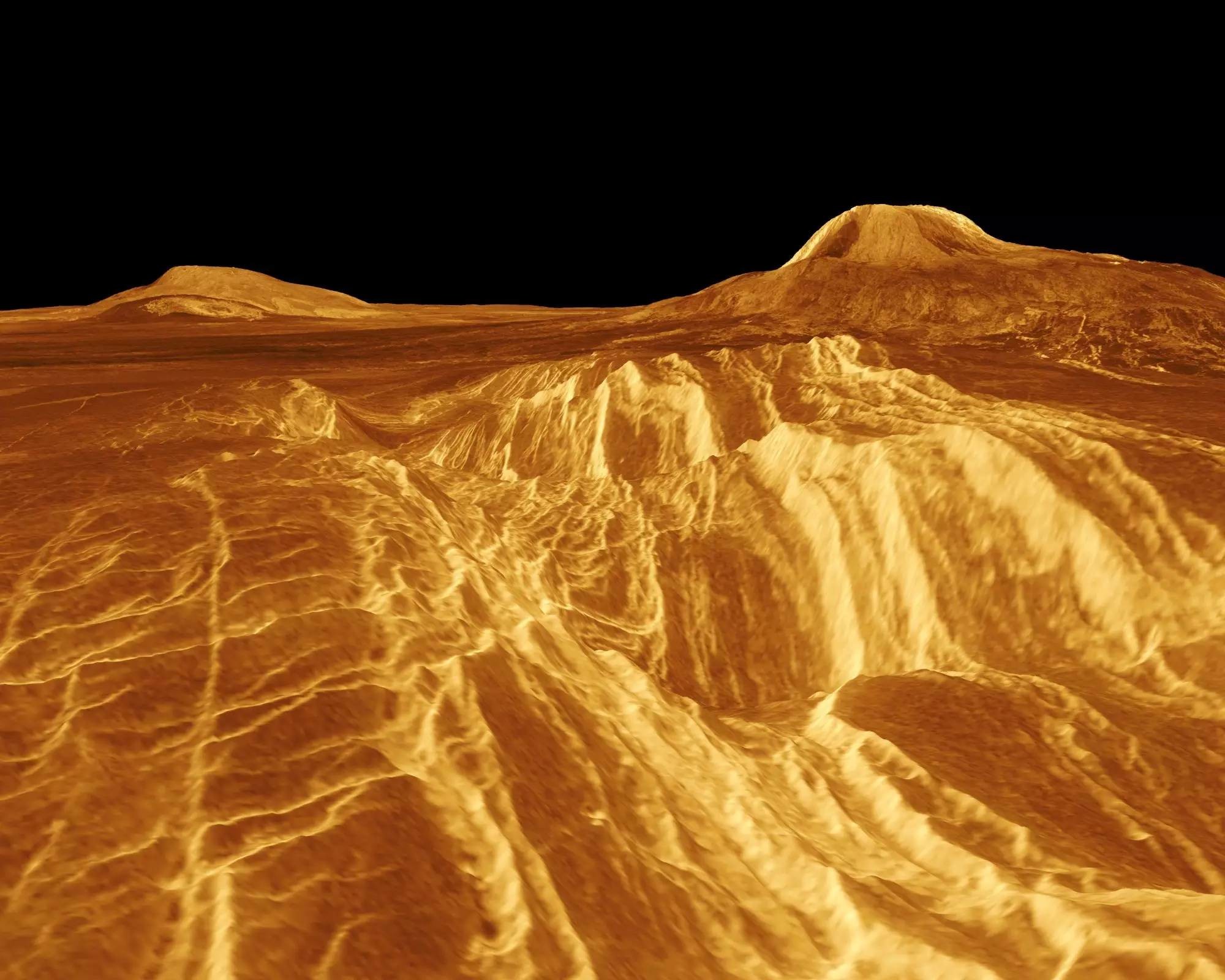
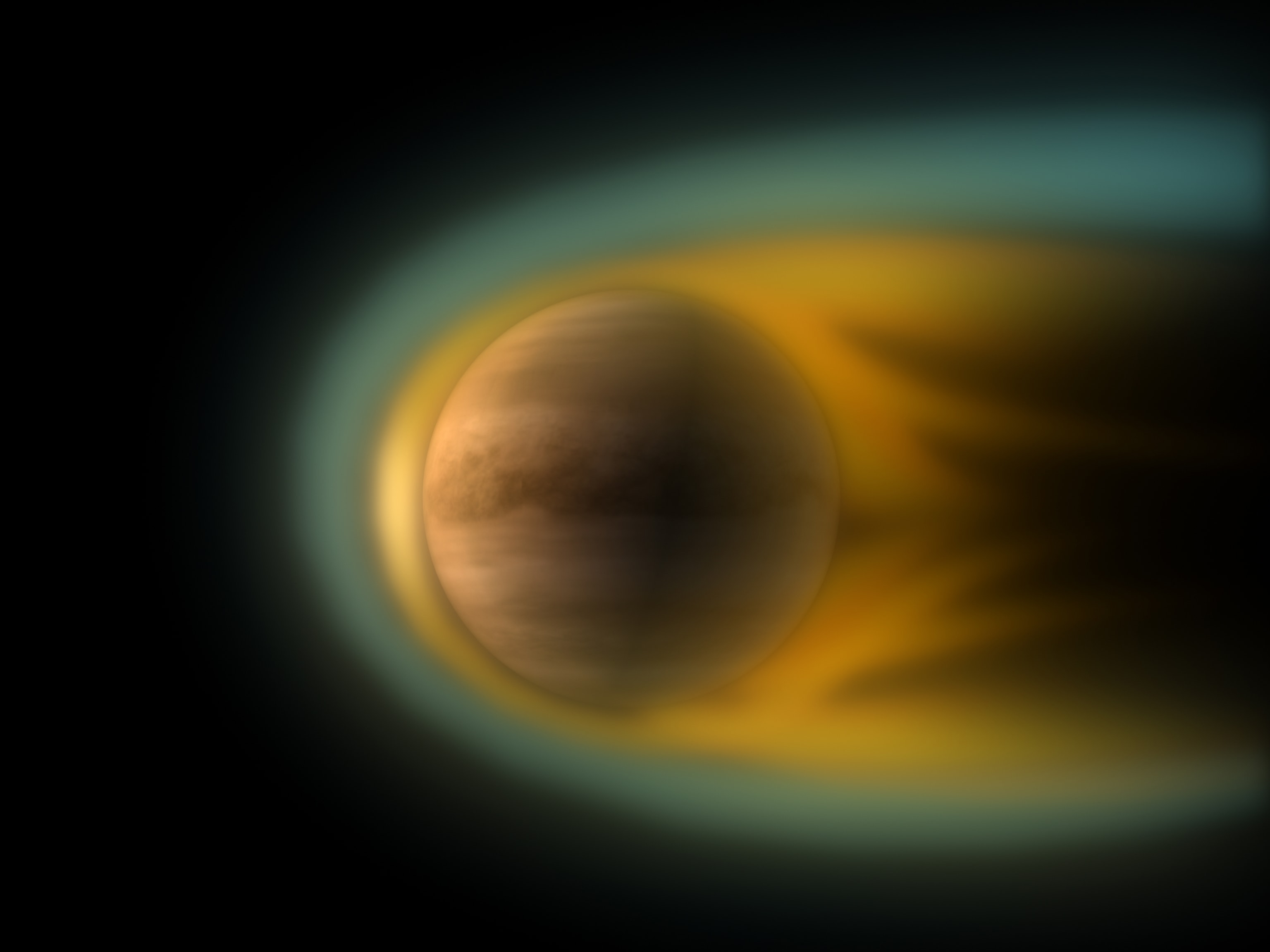
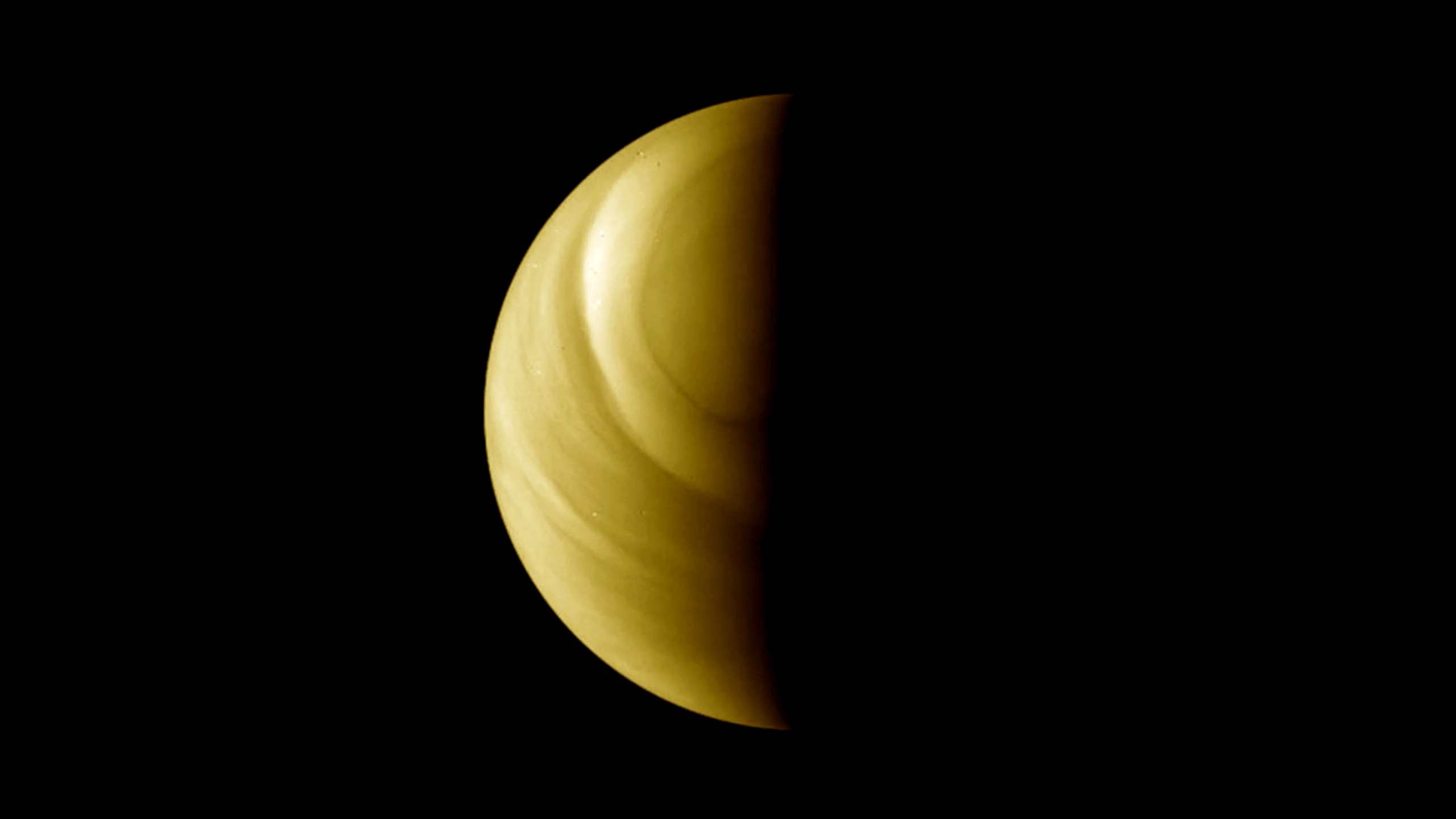

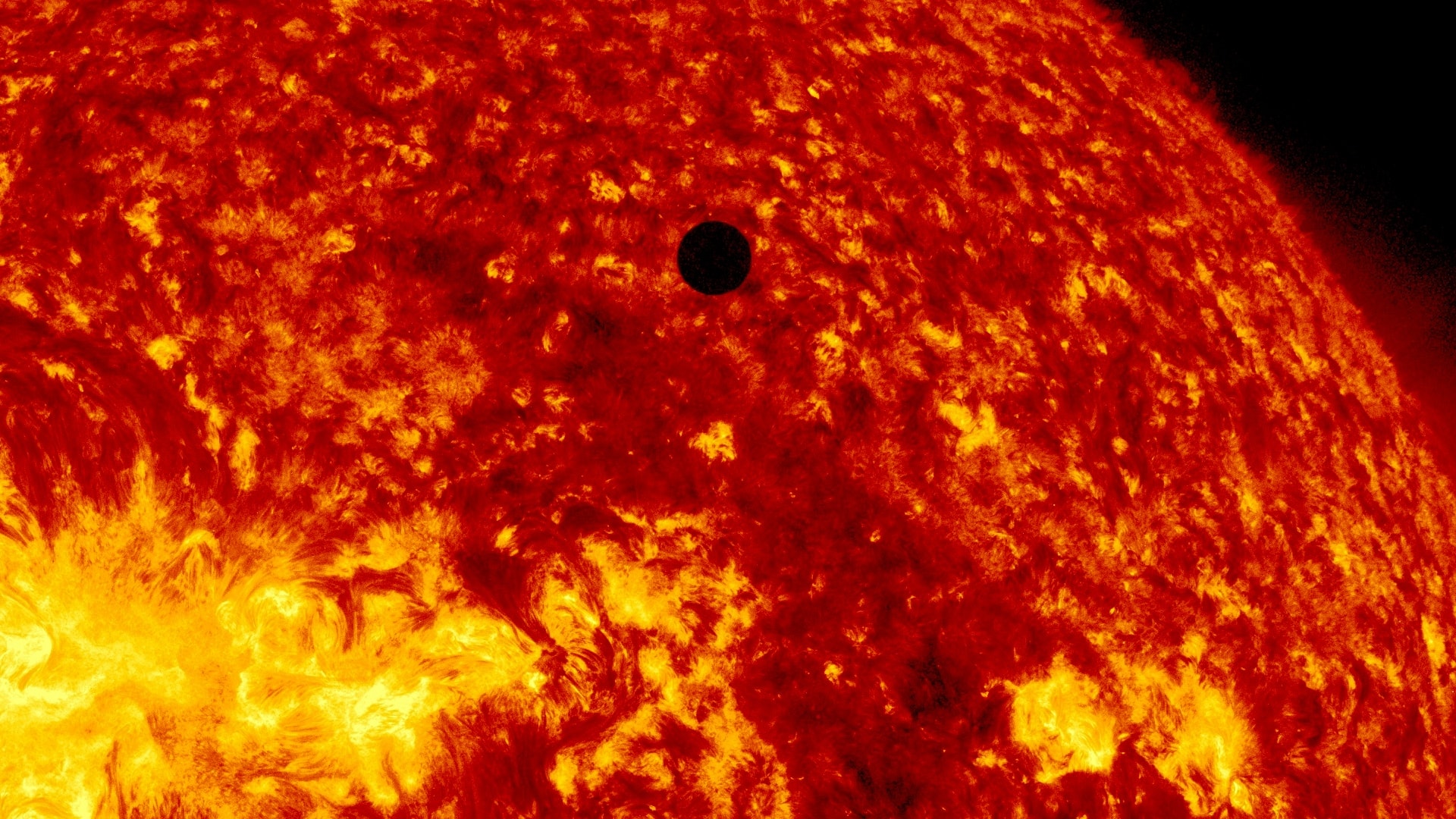
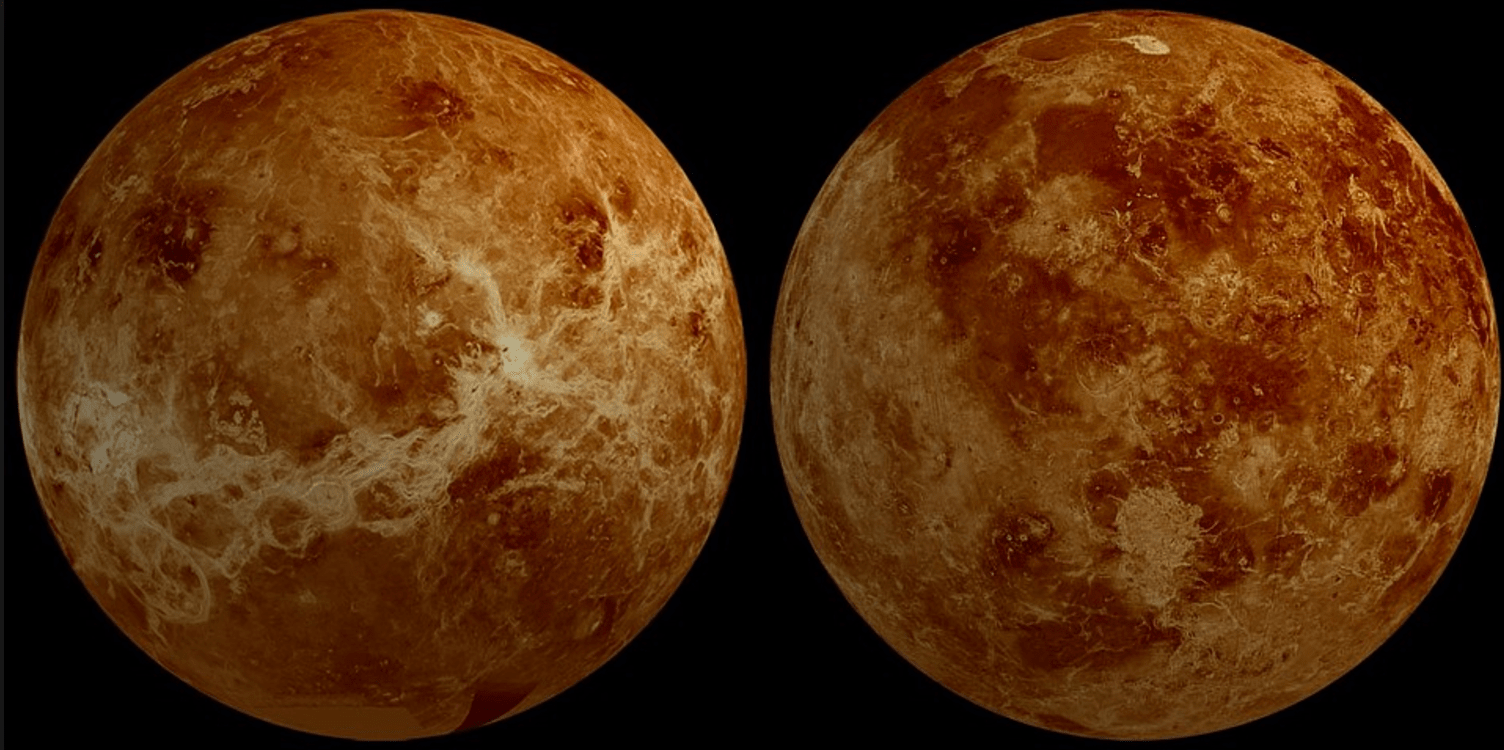
Venus wallpapers for your PC, Android Device, Iphone or Tablet PC. If you want to download Venus High Quality wallpapers for your desktop, please download this wallpapers above and click «set as desktop background». You can share this wallpaper in social networks, we will be very grateful to you.
Second Sun – the planet Venus is closest to Earth and, perhaps, the most beautiful of the terrestrial planets. She’s thousands of years attracts curious glances from the scientists of ancient and modern, to a mere mortal poets. No wonder it bears the name of the Greek goddess of love. But the study more adds questions than gives any answers.
One of the first observers, Galileo watched Venus through the telescope. With the advent of 1610 more powerful optical devices such as telescopes, people began to note the phases of Venus, very reminiscent of the lunar phases. Venus is one of the brightest luminaries in our sky, so at dusk and in the morning, you can see the planet naked eye. Watching its passage in front of the Sun, Mikhail Lomonosov in 1761 considered thin rainbow bezel surrounding the planet. It happened opening day. It was very powerful: the pressure near the surface reached 90 atmospheres!
The greenhouse effect explains the high values of the temperature of the lower atmosphere. It exists on other planets, like Mars, due to it, the temperature can rise by up to 9° on Earth – up to 35°, and Venus – it reaches its maximum, among the planets up to 480° C.
The internal structure of Venus
The structure of Venus, our neighbor, similar to other planets. It includes the crust, mantle and core. The radius of the liquid core, containing much iron, is about 3200 km. the structure of the mantle and the molten substance is equal to 2800 km and the crustal thickness is 20 km away. it is Surprising that in this core, the magnetic field is practically absent. Most likely, this is due to the slow rotation. The atmosphere of Venus, comes to 5,500 km, the upper layers which are almost entirely composed of hydrogen. Soviet automatic interplanetary station (AMS) “Venera-15” and “Venera-16” in 1983, discovered on Venus mountain tops with lava flows. Now a number of volcanic objects up to 1600 pieces of Volcanic eruptions testify to the activity of the bowels of the planet, who are trapped under thick layers of basalt shell.
The rotation around its own axis
Most of the planets make a revolution around its axis from West to East. Venus, like Uranus, is an exception to this rule, and rotates in the opposite direction, from East to West. This standard rotation is called retrograde. Thus, a full rotation around its axis lasts 243 days.
The Surface Of Venus
Scientists believe that after the formation of Venus, on its surface there was a large amount of water. But, with the advent of the greenhouse effect, began the evaporation of the seas and the release into the atmosphere, is part of different breeds, carbonic anhydrite. This has led to an increase in water evaporation and increase temperature in General. After some time, the water disappeared from the surface of Venus and went into the atmosphere.
Now, the surface of Venus looks like a rocky desert with a few mountains and undulating plains. From the oceans, the planet was just a huge basin. Radar data taken from space stations, recorded traces of recent volcanic activity.
In addition to the Soviet AMS, Venus and visited the us “Magellan”. He made a virtually complete mapping of the planet. During the scanning, showed a huge number of volcanoes, hundreds of craters, numerous mountain. The characteristic elevations, relative to the average level, scientists have identified 2 of the mainland – the land of Aphrodite and Ishtar Terra. On the first continent the size of Africa, is located 8 km mountain Maat – a huge extinct volcano. Mainland Ishtar, comparable to the US sizes. Its attraction can be called 11 km of mount Maxwell, the highest peak in the world. The composition of the rocks, similar to earth’s basalt.
On the Venusian landscape, it is possible to find impact craters filled with lava and with a diameter of about 40 km But this is an exception, because the total number is about 1 thousand.
Characteristics Of Venus
• Weight: of 4.87*1024 kg (earth 0,815)
• Diameter at the equator: 12102 km
• Tilt axis: 177,36°
• Density: 5.24 g/cm3
• Average surface temperature: +465 °C
• The period of revolution around axis (day): 244 day (retrograde)
• Distance from Sun (average): 0,72. E. or 108 million km
• The period of revolution around the Sun in an orbit (year): 225 days
• Orbit: 35 km/s
• Orbital eccentricity: e = 0,0068
• The inclination of the orbit to the Ecliptic: i = 3,86°
• The acceleration of gravity: 8.87 m/S2
• Atmosphere: carbon dioxide (96%), nitrogen (3,4%)
• Satellites: no

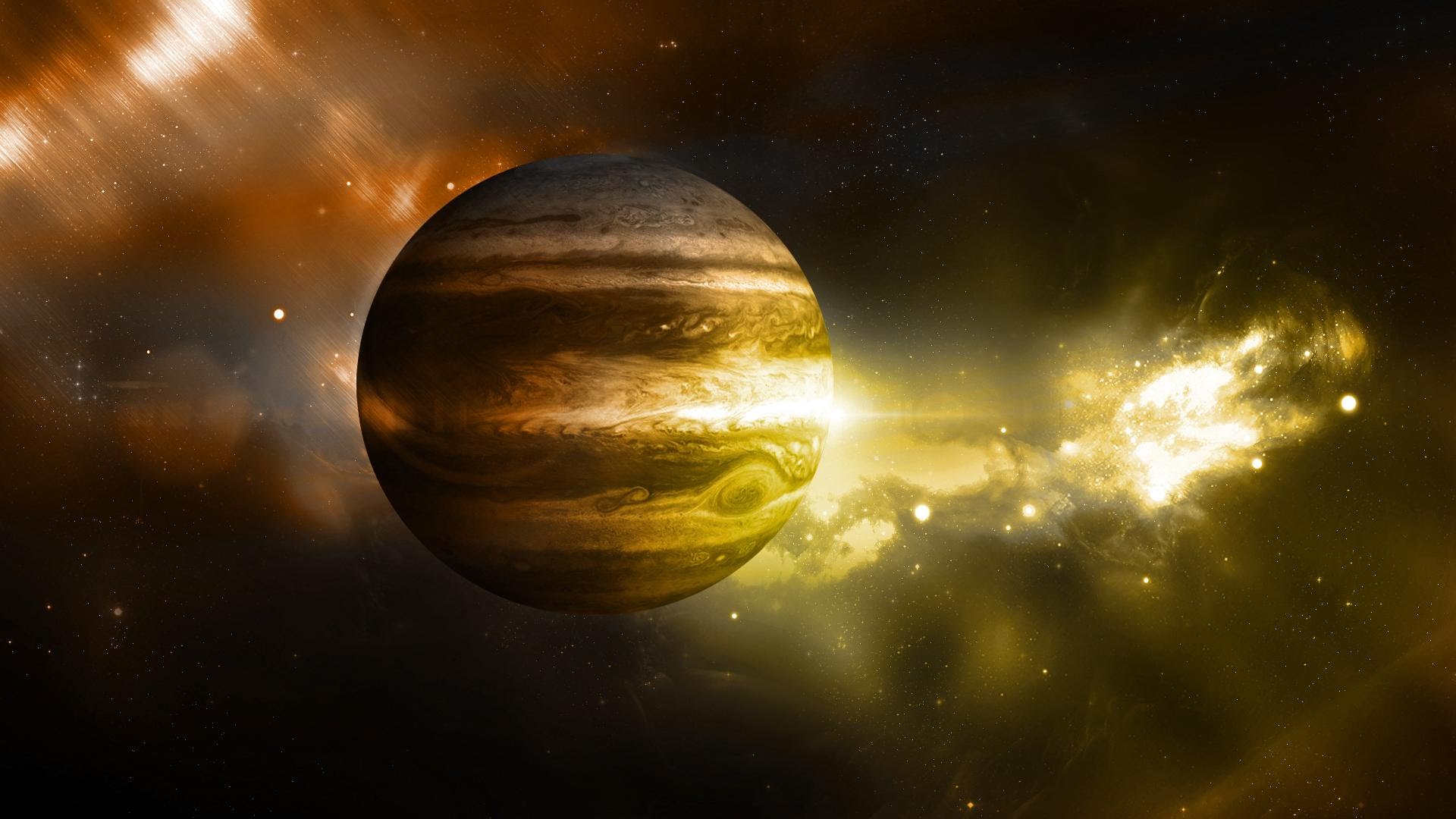
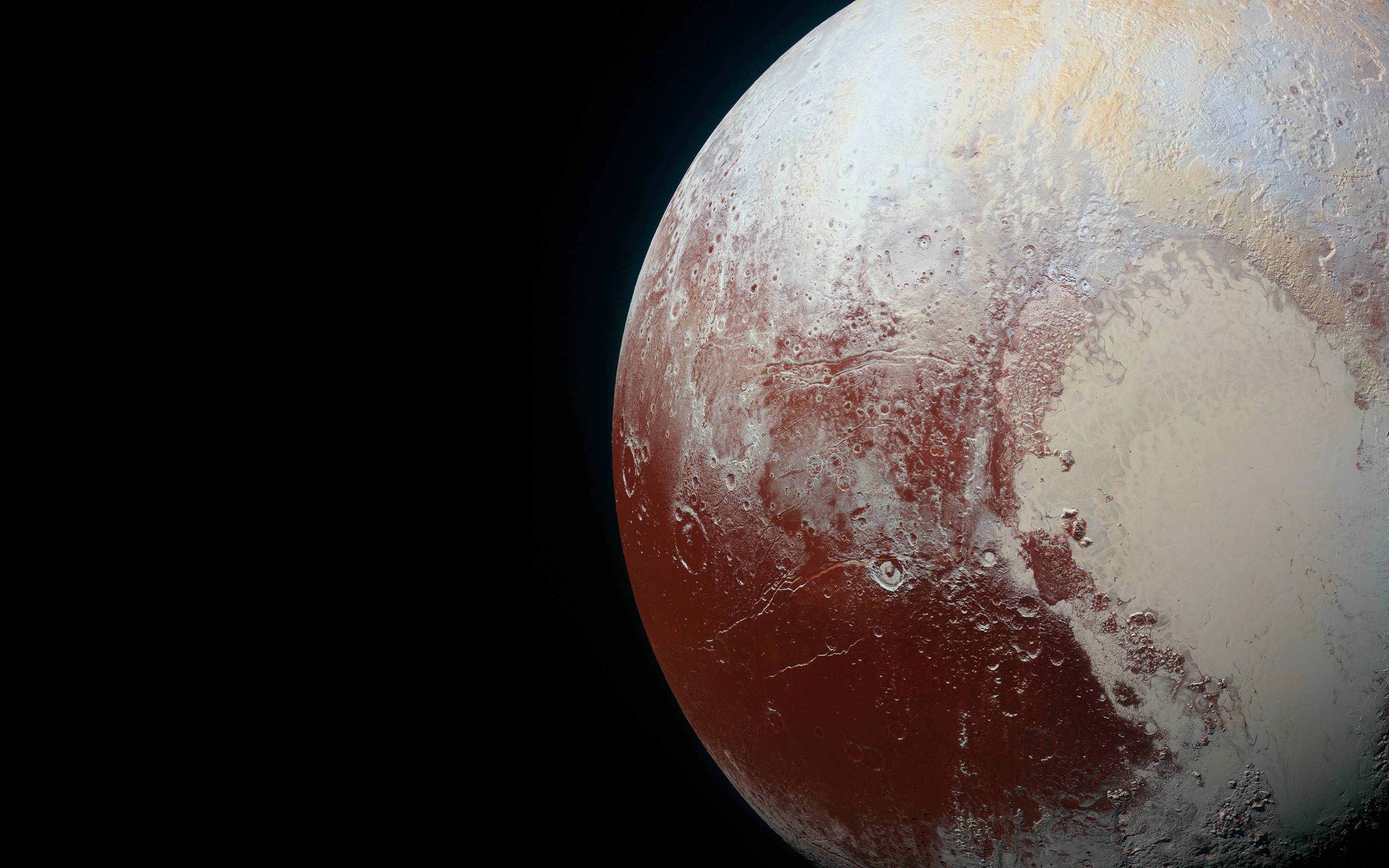


No Comment